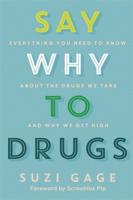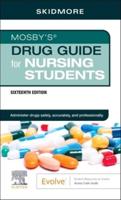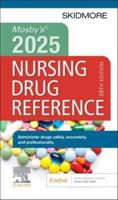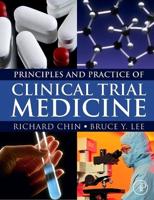Publisher's Synopsis
This volume explores the application of Quality by Design (QbD) to biopharmaceutical drug product development. Twenty-eight comprehensive chapters cover dosage forms, liquid and lyophilized drug products. The introductory chapters of this book define key elements of QbD and examine how these elements are integrated into drug product development. These chapters also discuss lessons learned from the FDA Office of Biotechnology Products pilot program. Following chapters demonstrate how QbD is used for formulation development ranging from screening of formulations to developability assessment to development of lyophilized and liquid formats. The next few chapters study the use of small-scale and surrogate models as well as QbD application to drug product processes such as drug substance freezing and thawing, mixing, sterile filtration, filling, lyophilization, inspection and shipping and handling.
Later chapters describe more specialized applications of QbD in the drug product realm. This includes the use of QbD in primary containers, devices and combination product development. The volume also explores QbD applied to vaccine development, automation, mathematical modeling and monitoring, and controlling processes and defining control strategies. It concludes with a discussion on the application of QbD to drug product technology transfer as well as overall regulatory considerations and lifecycle management. Quality by Design for Biopharmaceutical Drug Product Development is an authoritative resource for scientists and researchers interested in expanding their knowledge on QbD principles and uses in creating better drugs.







